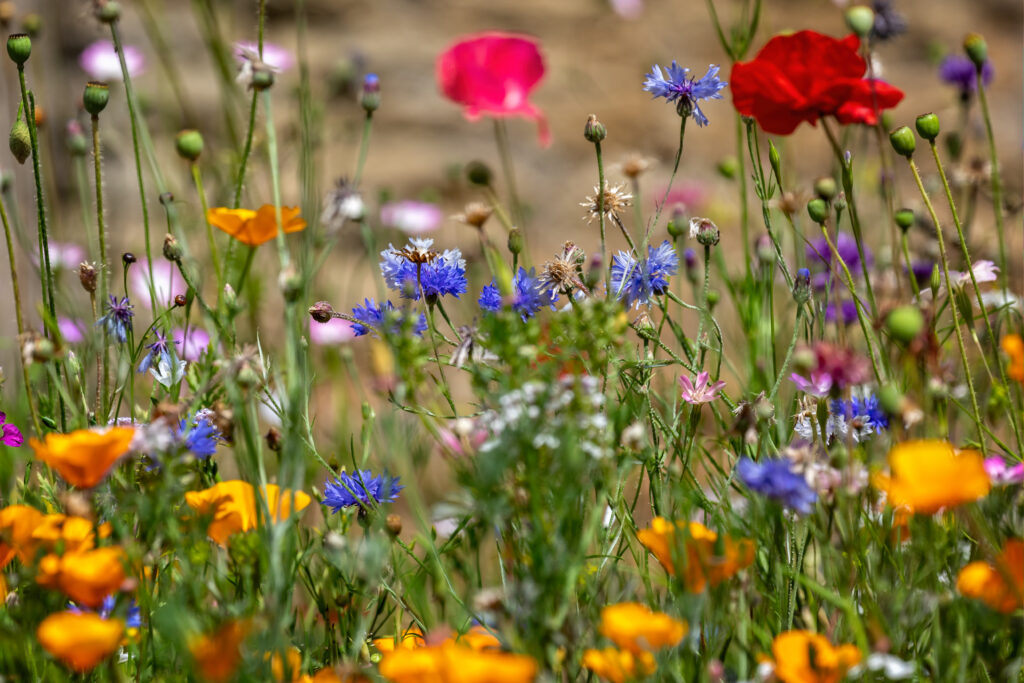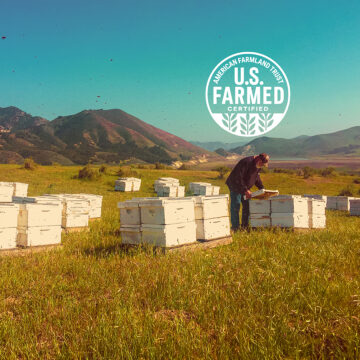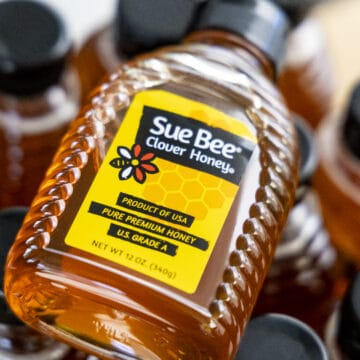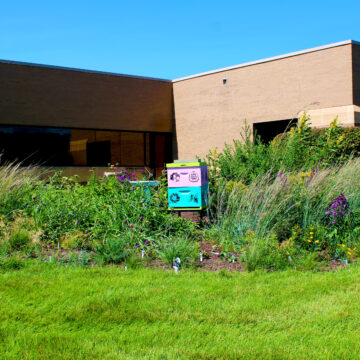Pollinator-Friendly Gardens
Create a honeybee-friendly garden today!
You don’t need a sprawling homestead to create a bee-friendly flower garden. It can be a small area of your yard and as modest as a window container or rooftop patch. The goal is to add to the shrinking amount of natural flower-rich habitat for honeybees.
In return, the bees will pollinate your flowers and can help provide a harvest of fruits, seeds and vegetables that you and others in your neighborhood might plant. Planting flowers and plants that honeybees, butterflies and other pollinators can forage not only helps sustain the honeybee, it also adds colorful, natural beauty to a yard. It’s a win-win.

Before you get started, consider these five tips:
1. Plant native flowers – Plant flowers that bees in your area are used to – ones that are uniquely adapted to your region. It’s a good idea to visit a local garden center whose experts can help you find the perfect bee-friendly flowers. Plus, they will carry seeds and flowering plants that are specifically suited for your area. Here is a site that can help you find pollinators native to your area. https://www.pollinator.org/guides
2. Single-flower tops are ideal – Try to select single-flower tops for your bee garden, such as daisies and marigolds, rather than double-flower tops, such as double impatiens. Double-headed flowers look pretty, but they also produce much less nectar and make it tougher for bees to access pollen.
3. Variety is the spice of life for bees – Mix up the selection of the types of flowers you plant so you can have blooms during as many seasons as possible. That way, bees have a consistent food source on which to dine. More examples include: springtime bloomers – crocus, hyacinth, borage, calendula and wild lilac; summertime bloomers – cosmos, echinacea, snapdragon, foxglove and hostas; fall bloomers – zinnias, sedum, asters, witch hazel and goldenrod.
4. No need to make it high maintenance – It’s important to remember that a bee-friendly garden doesn’t need to rely on constant upkeep. In fact, this is the type of garden that you can plant and then let grow.
5. About pesticides and fertilizers – Don’t use them in a bee garden. They can be toxic to bees. Ladybugs, spiders and praying mantises will naturally keep pest populations in check. If you must, use only natural pesticides and fertilizers.
Share your garden with us! If you plant a summer bee garden, we would love to see it. Be sure to post a photo on one of our social channels: Facebook, Instagram or Pinterest.
For more information about planting for pollinators check out this guide from https://www.pollinator.org/
Quick Start Guide for your pollinator-friendly garden. Pollinator Friendly Gardens



